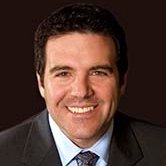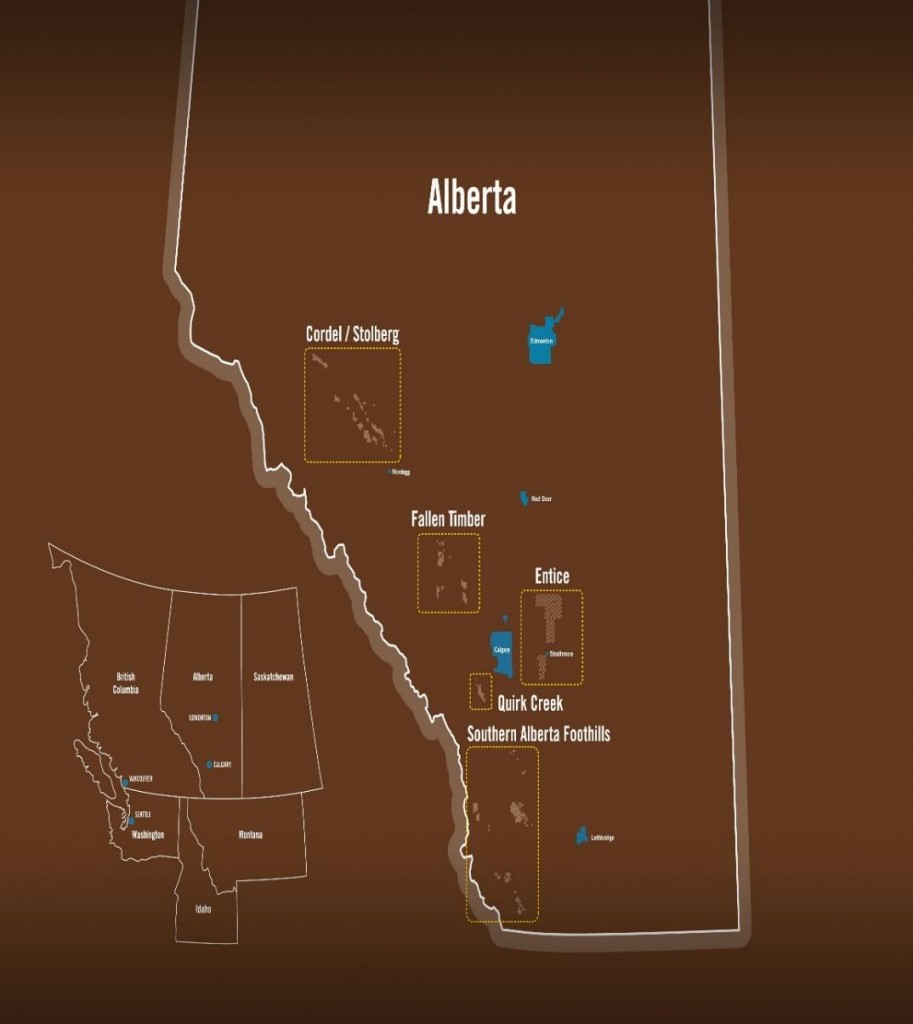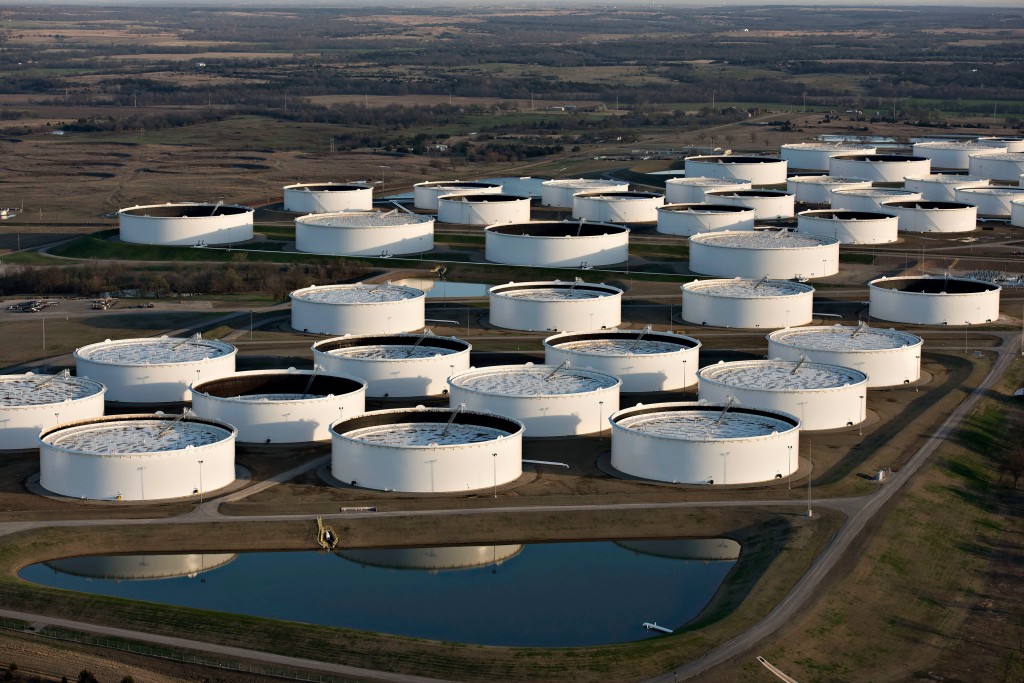Manitok Energy Talks 2015-16 Drill Plans, Hedging, Liquidity and 18-Month Outlook
Manitok Energy (ticker: MEI) is a conventional operator focused on projects in Alberta, and the company has spent the last several years amassing a considerable land position with output now approaching 6,000 BOEPD. Its footprint now extends 449,000 gross acres (93% working interest), of which 430,000 gross acres (94% working interest) have yet to be developed. In July 2015, the company closed a deal that bolstered its position with a $61.5 million acquisition of more than 67,000 gross acres with volumes of 1,800 BOEPD ($34,167 per flowing BOEPD).
MEI management, led by president and CEO Mass Geremia, has established a goal of reaching 20,000 BOEPD within five years by capitalizing on future acquisitions and organic growth.
Click here for the company’s latest presentation.
Oil & Gas 360® had an opportunity to speak with Mass Geremia about his company’s operations and plans for growth in an exclusive interview.
Part Two of the Oil & Gas 360® interview with Manitok CEO Mass Geremia follows below.
OAG360: Manitok has said its goal is to grow production to 20,000 barrels per day by 2020. How much of that is going to come through the drill bit and how much will be through acquisitions, in your estimation?
Manitok Energy: I think it’ll be half and half. With the capability to add another eight to ten thousand BOE easily on the drilling side, potentially more if we’re successful, but I think to reach our targets, it would include making an acquisition or two along the way as well.
We see opportunities to acquire lands and producing assets around the Wayne area and also potentially in other areas. Surrounding lands are held by Prairie Sky. We have a good relationship with them so if we can pick up a decent production base in an area where they’ve got undeveloped land that could be leased, that would allow us a strategic advantage in being able to go in there and pick up that asset and do a longer term land deal with Prairie Sky. So I can see that happening later in 2016 and 2017 with this environment, once things stabilize again in terms of commodity prices and capital inflows and so on. To make acquisitions at a relatively good value when the cycle is at a low and then to take advantage of it when it comes back around, we could be just as aggressive as we are with the drill bit.
OAG360: Could we talk about the company’s liquidity and balance sheet? How do things look right now?
Manitok Energy: Right now we have about an $80 million line of credit. We have $68 million against it as of June 30. We’re not spending any capital or drilling right now, so we should see that come down in Q3 to $65 million or so as we allocate cash flow to repay borrowings.
We just recently had a discussion with the bank. They want some of that debt repaid by May of 2016, when our annual review comes up. Additionally, we’ve been talking to different groups to refinance our debt levels. We have talked to the various private equity groups that are willing to come in and provide us a second tier junior debt, in order to satisfy that.
We’re also looking at a combination of junior debt and drilling funds, part of a joint venture with some of these private equity groups that we help. The other option is the ability to sell part of our asset base. So if we look at the water flood, it’s a little less risky; we’ve has some interested parties that want a portion or all of that asset. So, that’s an option down the road, if necessary.
OAG360: What’s the company’s hedging situation?
Manitok Energy: We’ve always been a big proponent of hedging. We went into this year very well hedged. We had 1,500 barrels a day hedged in 2015 at an average of $93 Canadian dollars WTI. We had another 500 barrels a day at $75 Canadian WTI for the second half of the year in 2015. Back in May and June when the price of oil was up, just to give you sort of a comparison, and today oil is at $45 a barrel and at the current exchange it’s at the equivalent of $58 Canadian WTI. So we’re hedged really well in 2015.
Also we took the opportunity prior to the summer to hedge for 2016, so we hedged 1,000 barrels a day in ’16 at about $80 Canadian WTI, and then we did another 1,000 barrels where we did a collar, with a floor of $68-$70 and a ceiling of $86 Canadian dollar WTI. So based on that we’ve got about an average 2,000 barrels a day at about $75 Canadian dollar WTI. That would be about $17 in the money relative to where we are now.
If we do see a price recovery, half our hedge is a collar so we participate all the way up to $86. I think that’s a good trade-off. If we do see some difficult times in ’16, we’ve at least hedged our cash flow. We believe we do $25 to $28 million in cash flow in 2016 with our current hedges going forward. So it does give us some legs to withstand a storm should [prices] continue to be volatile into ’16.
OAG360: I read that you’ve got 1,500 barrels a day production, more or less, behind pipe. Where’s that production located?
Manitok Energy: That’s over in Carseland; it’s in the Entice/ Wayne area—south Carseland where we had success. So right now we have four wells that are producing the oil. Those are tied in to a third party gas plant. Our associated gas goes to the third party gas plant. Of those four, only three wells are producing and we’re doing about 700-800 BOEPD. The one well that is not producing is one of our Lithic Glauc wells that tested over three hundred barrels of oil and 2 million a day of gas so there’s 700-800 BOE just on that well alone.
We have to sort out the facility issues. It’s a dry gas plant, and our gas has about 25 barrels per million [cubic feet] of condensate, because it’s coming along with the oil. And so we need to put in a refrigeration unit to get more throughput and achieve the liquids recovery. We’re in the process of working that out. That will require probably about $5-6 million dollars in capital. We hope to have three refrigeration units in place and operating in 2016.
We have two other wells that are in Carseland, two Basal Quartz wells, that we did not tie in. Both tested around 550-600 BOE per day combined. We’re waiting for the three refrigeration units to make this work.
We’re anticipating drilling three or four wells in Q4 2015 or early Q1 2016, also in Carseland. By the time we get the refrigeration units put in, we should be able to produce all of that into the gas plant and reduce our restrictions in the Carseland area.
Now we do have a short term 500 BOE that’s being curtailed at Stoleberg, and that’s due to TransCanada pipeline issues, the main pipeline system, they’re doing some routine repairs and maintenance along the way. We really aren’t given any time frame on it, it could be two weeks or it could be two months. They give us day by day updates on where they are, so that’ll be restricted probably for the foreseeable future. My guess would be some time in Q4 that comes back on as well.
OAG360: You mentioned you might be drilling in Q4 2015 or Q1 2016. Can you talk about that?
Manitok Energy: We’re likely to start a three to five well program beginning in probably late October, early November, assuming oil prices don’t go through another big slide. And drill up to “Break Up” which should be end of February or early March of 2016. Now that we have the facility issue worked out at Carseland and we’ve got our facilities at Wayne, we’re in a better position now to drill some wells later this year, again, assuming oil prices don’t go lower and at the very least stay stable.If oil goes below $40, we’ll postpone the capital spend again. If we’re closer to $50, we’ll probably drill our three to five wells over that period of time, get the refrigeration unit into the gas plant and put all that production online.
OAG360: If you had to pull out a crystal ball, you have the Iran deal possibly coming forward and the oversupply situation that we’ve been looking at. China’s been showing some slowing growth numbers. If you had to make a guess, what do you think things are going to look like within the next 18 months?
Manitok Energy: That’s a good question. It’s hard to know with all the political events and so on. I don’t think supply is as big an issue as is demand. If the demand holds in and we don’t have any major recessions across the planet, and even if China slows in growth but continues to grow at its current rate, it’s still a significant pace of growth given the size of the country.
Typically, even in the US, energy demand is not as elastic with the economy. There’s a certain base demand that is required. And no matter what the economy, a certain amount of food has to be delivered to the grocery stores and you have to heat your homes and so on. In China 20% of their energy demands are being met by oil and they’re continually trying to clean the air and reduce their coal dependency. So that alone, if that continues, that could serve as a base of demand. I think if the demand doesn’t fall apart, then I think by middle of 2016, we’ll be through a lot of the issues.
Regarding supply, there is only so much that Iran can put on, only so much that really the Middle East can put on. Without higher oil prices, heavy oil across the planet doesn’t matter. North America, Venezuela is having a tough time, so we need that oil. So two things have to happen, either price has to go up or the costs have to go down. Shutting in 20 million barrels a day is not an option for the planet.
Right now we’re seeing service prices go down, drilling costs go down. Either the costs have to keep oil production stable across the planet, to make it work at a $45 price for oil, or the price has to move back up to a level that’s economic for everybody to drill and keep supplying the world with fuel. So, again, I don’t know where the price will be, but my guess is a year from now, everything’s back into equilibrium so that it is going to be economic to drill. It’s just a matter of what are the drilling costs relative to what are the commodity prices.
OAG360: Thanks for making a prediction.
Manitok Energy: You’ve got one man’s opinion, for whatever that’s worth. Anything can happen. Nobody has a final answer. So you just try to manage as best you can today. I think the base premise is this: the world needs the oil, so we have to deliver it. It’s just a matter of how we’re going to do it, and how are we going to clean up the debt situation within the North American oil and gas producers. Reminds me a lot of the late ‘80s when you had all the issues with real estate. Neither industry can disappear because they are both required—energy and real estate. So it has to be reorganized or refinanced. It’s just a question of how that gets done in the next couple of years to get the industry through the downturn.




